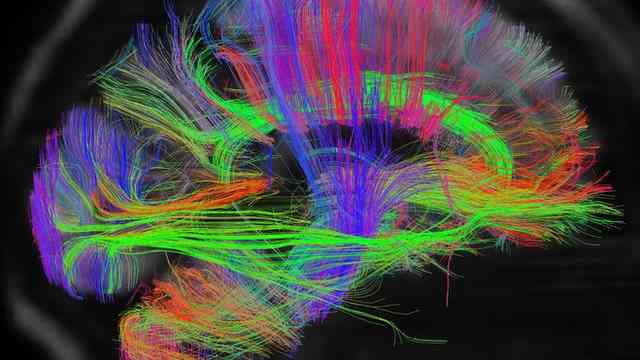SNACCMS stands for Sports, Nature, Arts, Culture, Clubs, Music, and Spirituality. These are activities for children which help them build neural networks with strong connections to the brain’s frontal lobes.
SNACCMS is an expanded version of “extracurricular activities”, and is intended to help parents thing more creatively about activities for their kids. Baseball, basketball, and soccer are all excellent activities, but so is any kind of art, music, organized clubs, spiritual or religious activities, birding, and tracking down wild blueberries in the Olympic mountains.
Staying out of trouble and avoiding drugs are well-known outcomes from SNACCMS type activities. Even better, there is a wide body of research confirming that kids who are involved with SNACCMS can learn to:
- Regulate their emotions,
- Enhance their cognitive thinking skills (critical thinking),
- Develop more attuned empathy and perspective taking,
- Improve their communication skills,
- Learn to make connections between things (such as nature and food sources),
- Become comfortable with taking on challenges, and
- Engage in self-directed learning.
(All of these skills are described by Ellen Galinsky in her book Mind in the Making: The seven essential skills every child needs.)
But there’s a trick to making SNACCMS work well for kids: the activities must be positive focused, promote skill building, allow children to learn to make decisions for themselves and experience the consequences in a safe and supportive environment, support positive interactions between peers, and involve adults modeling healthy behaviors.
Some of the relevant research studies include:
- Protective factors for youth considered at risk of criminal behaviour: Does participation in extracurricular activities help?, Burton, J. M., & Marshal, L. A. (2005), Criminal Behaviour and Mental Health, 15, 46-64.
- A systematic review of the impact of physical activity programmes on social and emotional well-being in at-risk youth, Lubans, D., Plotnikoff, R., Lubans N. (2012), Child and Adolescent Mental Health, 17:1, 2-13.
- The Sports Challenge International Programme for identified ‘at risk’ children and adolescents: A Singapore study, Tester, G., Watins, G., Rouse, I, (1999), Asia Pacific Journal of Public Health, 11:1, 34-38.
- Effects of participation in a martial arts–based antibullying program in elementary schools, Twemlow, S.W., Biggs, B.K., Nelson, T.D., Vernberg, E.M., Fonagy, P., Twemlow S.W. (2008), Psychology in the Schools, 45:10, 947-959.
- Executive functions predict the success of top-soccer players, Vestberg, T., Gustafson, R., Maurex, L., Ingvar, M., Petrovic, P. (2012), PloS ONE, 7:4, 1-4.
SNACCMS was developed by Mark Baumann, J.D., to help his clients, particularly those involved in high conflict family law cases. Often, those cases involve one or more adults causing attachment-harm, and the courts are not well organized to help. Thus, it is up to the parents to cause attachment-healing, and SNACCMS are one of the most powerful ways to help. Clallam County SNACCMS opportunities are available at CCBA.com’s SNACCMS page. More information about SNACCMS from Mark Baumann is available here.
